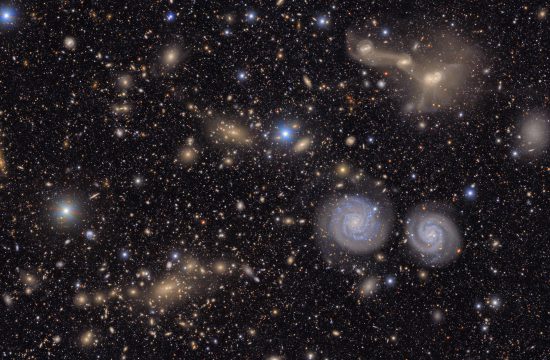
Ever-changing Universe Revealed in First Imagery From NSF–DOE Vera C. Rubin Observatory
The NSF-DOE Vera C. Rubin Observatory, a major new scientific facility jointly funded by the U.S. National Science Foundation and the U.S. Department of Energy's Office of Science, released its first imagery today at an ...
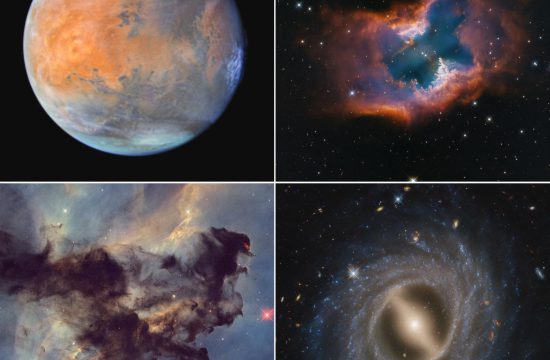
Hubble’s Window on the Universe: NASA Celebrates Hubble’s 35th Year in Orbit
In celebration of the Hubble Space Telescope’s 35 years in Earth orbit, NASA is releasing an assortment of compelling images recently taken by Hubble, stretching from the planet Mars to star-forming regions, and a neighboring galaxy ...
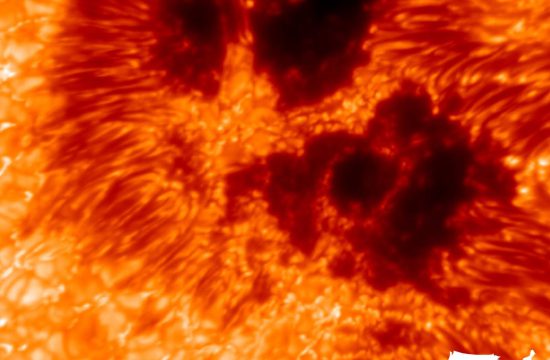
Largest Imaging Spectro-Polarimeter Achieves First Light at the NSF Daniel K. Inouye Solar Telescope
The U.S. National Science Foundation Daniel K. Inouye Solar Telescope, the world’s most powerful solar telescope, operated by the NSF National Solar Observatory (NSO) near the summit of Maui’s Haleakalā, reached a major milestone: achieving ...
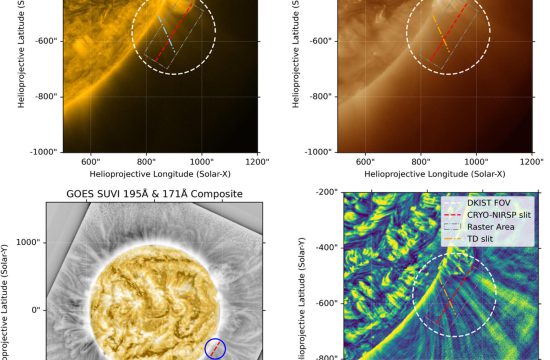
NSF’s Inouye Solar Telescope’s Cryo-NIRSP instrument offers unprecedented look at Alfvén waves
Over the last decade, scientists have confirmed the presence of a an important type of magnetized waves called Alfvén waves in the Sun’s outer atmosphere – i.e., the corona. These waves, specific to plasma environments ...
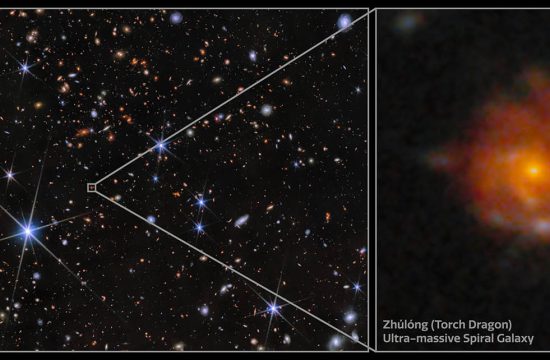
NSF NOIRLab Astronomer Discovers Oldest Known Spiral Galaxy in the Universe
An international team led by NSF NOIRLab astronomer Christina Williams has discovered the most distant spiral galaxy known to date. Named Zhúlóng, meaning ‘Torch Dragon’ in Chinese mythology, this ultra-massive system existed just one billion ...
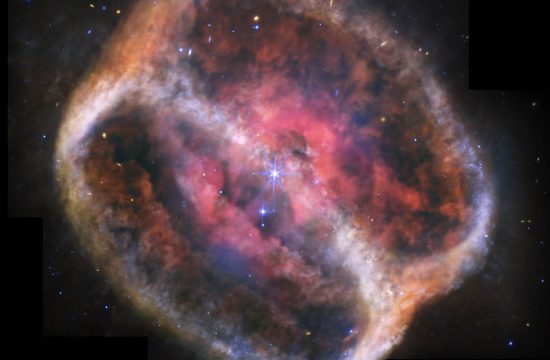
With NASA’s Webb, Dying Star’s Energetic Display Comes Into Full Focus
Gas and dust ejected by a dying star at the heart of NGC 1514 came into complete focus thanks to mid-infrared data from NASA’s James Webb Space Telescope. Its rings, which are only detected in ...
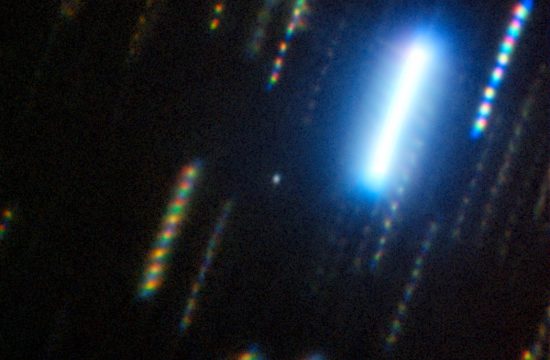
Gemini South Observes Shape and Origin of Near-Earth Asteroid 2024 YR4
Using observations from the Gemini South telescope in Chile, one half of the International Gemini Observatory, partly funded by the U.S. National Science Foundation and operated by NSF NOIRLab, astronomers have constructed a 3D representation ...
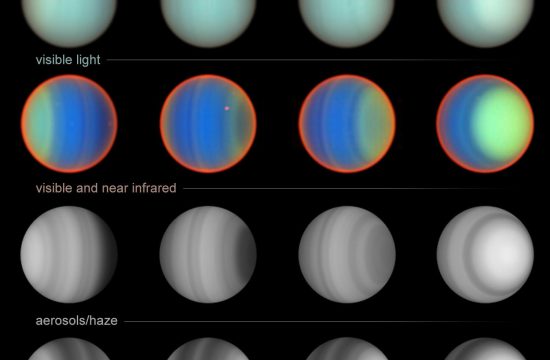
20-Year Hubble Study of Uranus Yields New Atmospheric Insights
The ice-giant planet Uranus, which travels around the Sun tipped on its side, is a weird and mysterious world. Now, in an unprecedented study spanning two decades, researchers using NASA’s Hubble Space Telescope have uncovered new insights ...
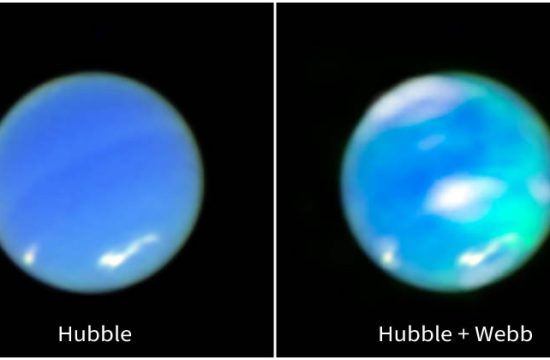
NASA’s Webb Captures Neptune’s Auroras For First Time
For the first time, NASA’s James Webb Space Telescope has captured bright auroral activity on Neptune. Auroras occur when energetic particles, often originating from the Sun, become trapped in a planet’s magnetic field and eventually ...

Tantalizing Hints That Dark Energy is Evolving — New Results and Data Released by the DESI Project
The DESI collaboration has published a new analysis of dark energy using their first three years of collected data, which spans nearly 15 million galaxies and quasars. Combined with studies of the cosmic microwave background, ...
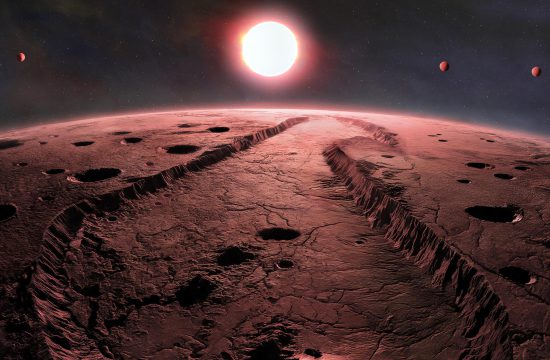
Planetary System Found Around Nearest Single Star
Using in part the Gemini North telescope, one half of the International Gemini Observatory, partly funded by the U.S. National Science Foundation and operated by NSF NOIRLab, astronomers have discovered four sub-Earth exoplanets orbiting Barnard’s ...
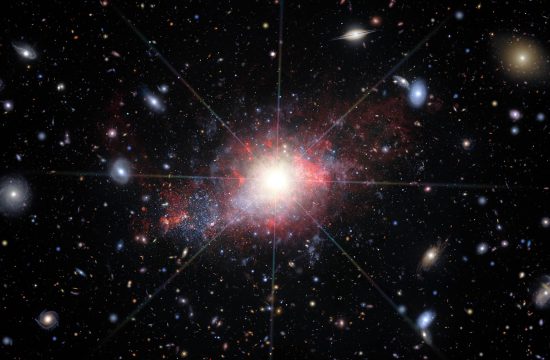
DESI Uncovers 300 New Intermediate-Mass Black Holes Plus 2500 New Active Black Holes in Dwarf Galaxies
Within the Dark Energy Spectroscopic Instrument’s early data, scientists have uncovered the largest samples ever of intermediate-mass black holes and dwarf galaxies hosting an active black hole, more than tripling the existing census of both ...
